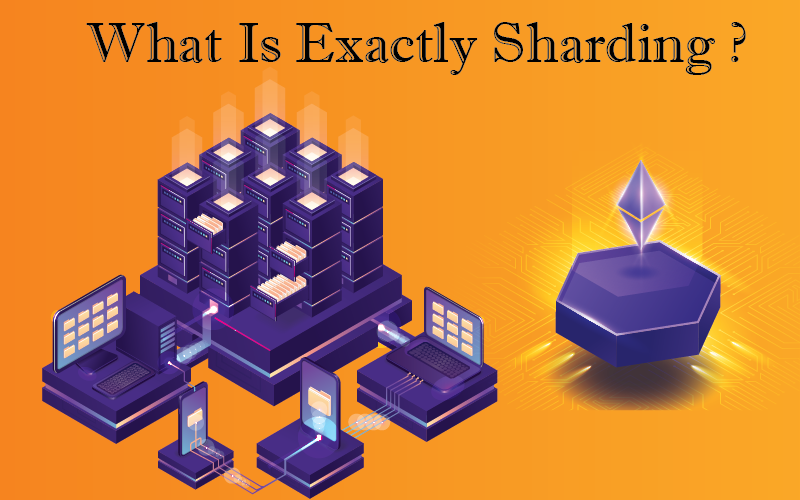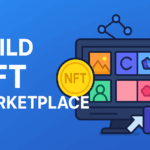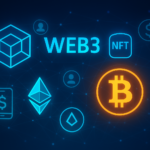What exactly is Sharding? Now that blockchain technology is approaching mainstream adoption, it must find a way to provide all three elements simultaneously. The ongoing blockchain innovation focuses on finding solutions to the classic trilemma. Layer-1 and Layer-2 scaling solutions, ZK rollups, Sharding, Plasma chains, and other solutions have been proposed by the developers.
Sharding is one of several practical approaches that developers are experimenting with to increase a blockchain’s transactional throughput and overall scalability. But what is sharding, and why is it so crucial in cryptocurrency? Let us investigate.
The concept behind sharding is to distribute processing power horizontally rather than adding it to a single blockchain indefinitely. What exactly is Sharding? Sharding is a database partitioning technique used by blockchain companies to increase scalability by allowing them to process more transactions per second. Sharding allows a blockchain’s entire network to be divided into smaller partitions known as shards.’ Each shard has its own set of information. This distinguishes and distinguishes it from other shards.
A blockchain is a peer-to-peer (P2P) network comprised of multiple full nodes (computers), each of which respective stores a copy of the blockchain’s history. What exactly is Sharding? Sharding enables nodes to operate without having to maintain all of that data at the same time. Splitting a blockchain network into different shards can reduce network latency or slowness. This allows the network to process more transactions at a faster rate.
How Does Sharding Work?
Most blockchains, including Ethereum, are transitioning to the more environmentally friendly and energy-efficient Proof-of-Stake (Pos) consensus mechanism. PoS, unlike PoW, only requires nodes to stake the blockchain’s native cryptocurrency on the network. These stakeholders are recognized as contributors by the blockchain and become network transaction validators. This lowers the amount of computing power needed. Sharding is typically performed on Proof-of-Stake (PoS) networks rather than Proof-of-Work (POW) networks.
It is achieved by partitioning databases horizontally and dividing them into rows. Shards are sub-chains built on top of the primary blockchain. They can be compared to tree branches; each time a new unit is added, the tree grows larger. Each shard acts as a mini-blockchain with its own nodes and processing power. For example, one shard might be in charge of storing the state and transaction history for a specific type of address. Furthermore, shards can be divided according to the digital asset they hold. Combining shards could enable transactions involving that digital asset.
As a result, a sharded blockchain declutters and runs all underlying protocols more efficiently, acting as a decentralized distributed ledger. This occurs as the main chain’s data is fragmented and distributed among the shards. The required computing power is reduced even further because nodes no longer need to access all of the information on the main chain. This speeds up the processing of each shard.
Each shard’s data can still be shared with the other shards. It will ensure the survival of a critical component of blockchain technology: the decentralized ledger. Users can still access the ledger and view all transactions, in other words.
Many people want to start their own exchange platform with the help of a Cryptocurrency Exchange Script or a good Bitcoin Exchange Script.
Final Words
Sharding is gaining traction as a means of contributing to the advancement of the crypto world. Ethereum is testing sharding as a potential solution to latency and scalability issues. Ethereum intends to launch 64 new shard chains following ‘The Merge,’ in which the Ethereum Mainnet’merges’ with the Beacon Chain proof-of-stake system.






















0 Comments